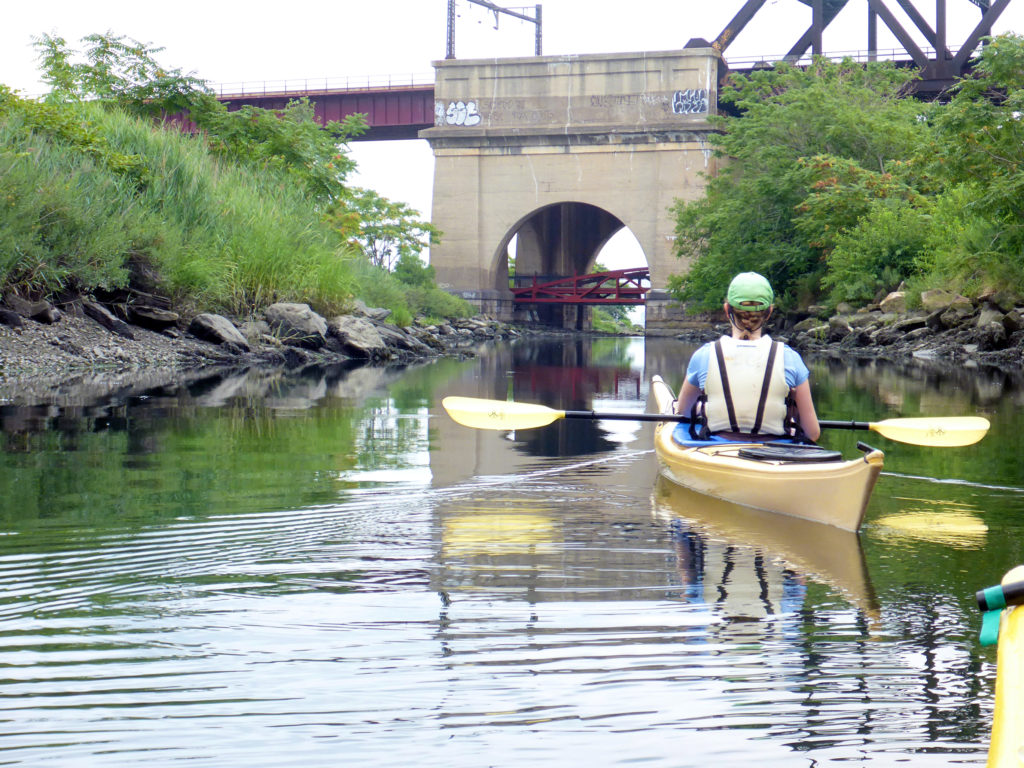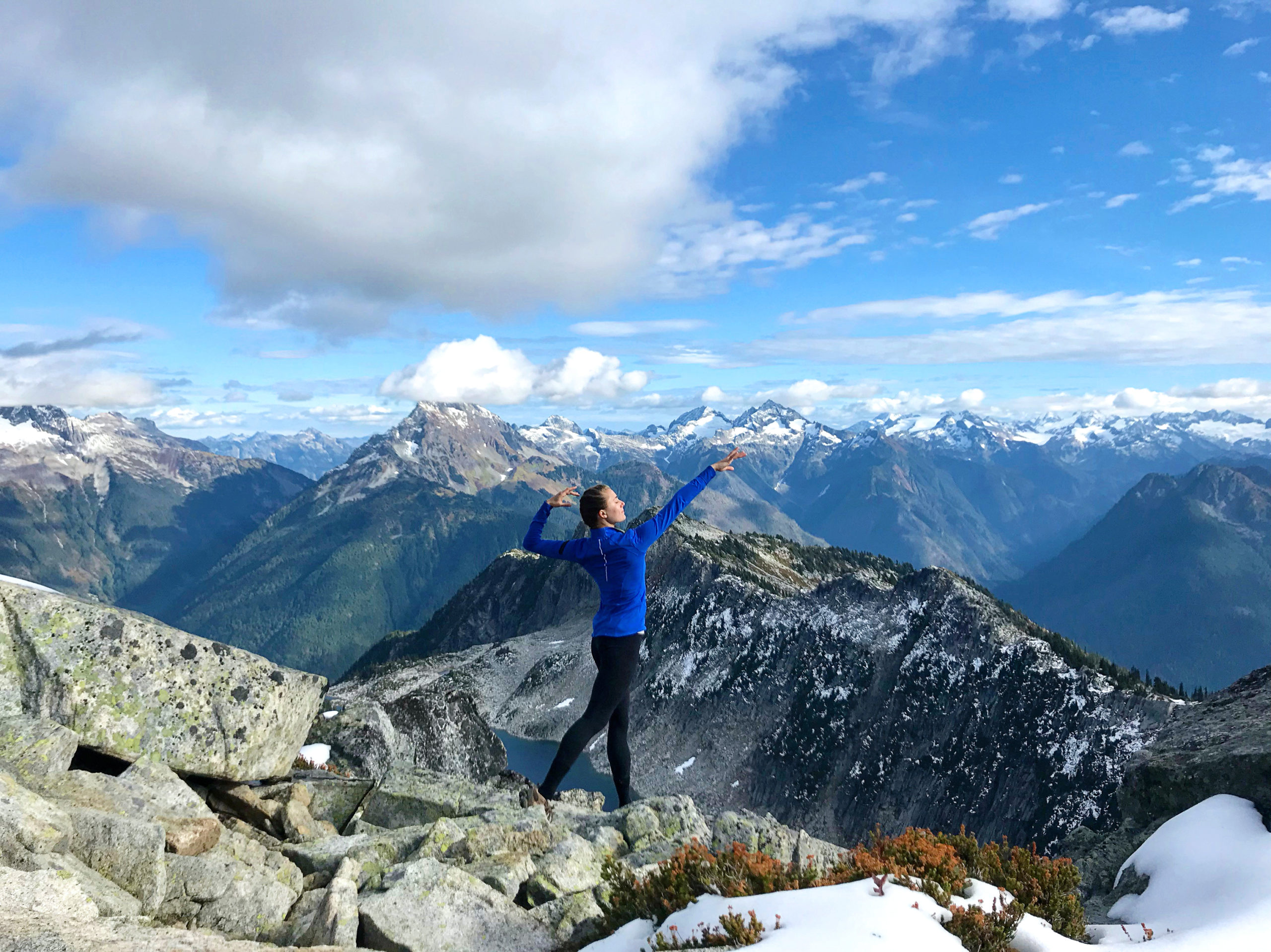Beyond the Studio With 4 Pros on Their Intensely Athletic Nondance Hobbies
A career in dance is so demanding—physically and otherwise—that it can be tempting for dancers to dance, dance and only dance. It’s not uncommon to avoid other physical pursuits, whether out of fear of injury, lack of time or the now-debunked idea that certain activities build the wrong kinds of muscles.
And yet, many dancers who’ve found other outlets for movement—even beyond the traditionally “dancer-approved” ones like yoga and Pilates—have found them to have a symbiotic relationship with their dance practice, each informing and growing the other.
Dance Magazine spoke to four artists with unique physical practices about what they’ve learned from them, and how they balance them with dance.
Cecilia Iliesiu, Pacific Northwest Ballet soloist
How she got started: In 2016, Cecilia Iliesiu was diagnosed with Guillain-Barré, an autoimmune disorder that caused her to lose her nerve function and, for about five months, her ability to walk and dance. Going on hikes was how she started gaining her strength back, and eventually, it became “an obsession.” Iliesiu now goes on hiking or backpacking trips nearly every weekend that she isn’t performing, sometimes hiking up to 20 miles in a day. She’s summited Mount St. Helens twice, and seeks out hikes in her travels to places like Iceland and Spain.
“The hiking dancer”: Ilisesiu has developed a bit of a reputation at PNB. “I’m known as the hiking dancer,” she says. “Everyone comes to me if they want to go on a hike and need a recommendation.” She’s taken other dancers on intro backpacking trips, and often hikes with PNB principal Elizabeth Murphy.
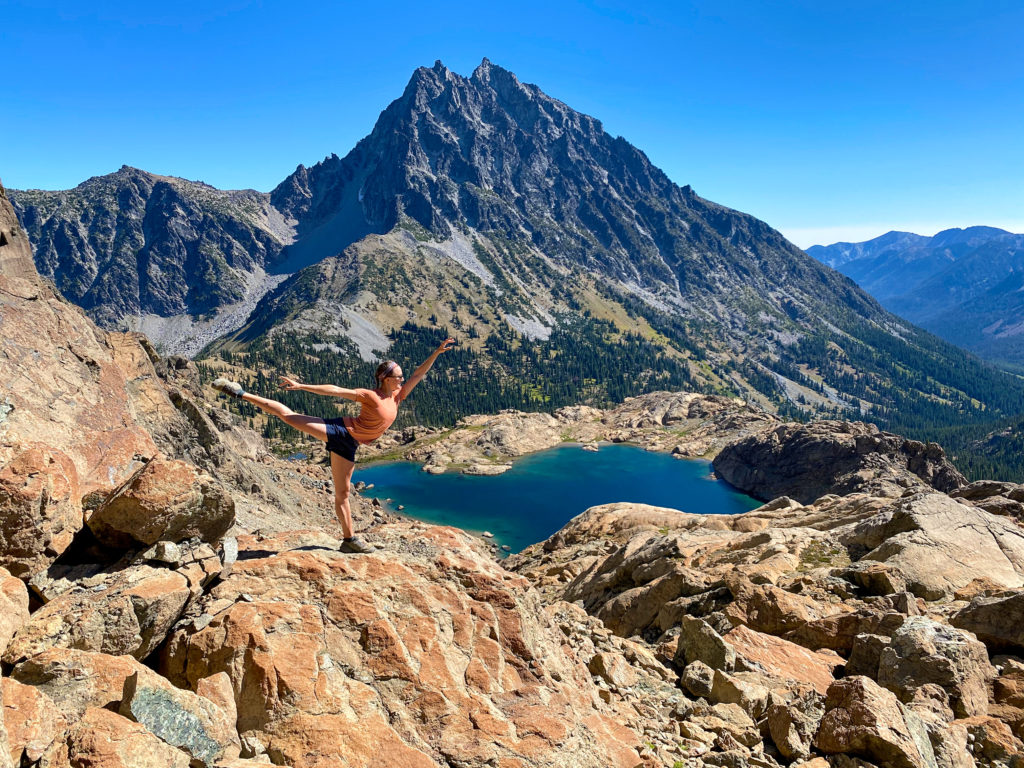
How it feeds her dancing: “It really helps with ankle mobility and strength, as you’re pushing off different rocks and surfaces,” she says. Hiking has also improved her endurance, she says, and “has helped me become more grounded as a person, and that’s helped me in and out of the studio and onstage.”
Knowing her limits: Iliesiu says she’s sometimes had to fight her perfectionist dancer instinct when it comes to hiking, especially when she encounters trails that don’t look so safe. “As dancers, we’re so focused on the goal,” she says. “And the goal in hiking is, let me get to the mountaintop, let me get to the end of the trail. And to be okay with not doing that has definitely been a lesson for me.”
The power of time away from dance: “I’ve been very focused during my career on not being 150 percent ballet all the time, because I don’t think it’s healthy for me to do that,” she says. “So I feel like hiking is an extension of that choice to take a step away, because then it makes stepping back so much more powerful.”
Constance Stamatiou, Alvin Ailey American Dance Theater company member
How she got started: As a kid, Constance Stamatiou was always fascinated by martial arts, but it wasn’t until the pandemic, when she had more time and was looking for a way to stay in shape, that she decided to start taking classes at her local taekwondo dojang, where her two children go. Stamatiou also liked the idea of learning how to defend herself after a few scary incidents on tours. She’s now a red belt, and hopes to have her black belt by this summer.
How her dance training helps her: Stamatiou has been able to skip several belts (making her kids very jealous), thanks to her ability to quickly pick up movement. “It’s very parallel to dance,” she says. “When I post videos of practice on my Instagram, people are like, Of course you can do that, that’s just like when you do a hitch kick in Cry!”



One step closer to her dream job: “I have always dreamed of being a stunt woman, of playing a superhero. With my gymnastics background, my dance background, and now having a taekwondo background, I feel like it’s the perfect combination.”
Building strength and stamina: Stamatiou feels stronger than ever in her dancing, which she credits partly to her taekwondo practice, especially with its focus on speed.
The hardest part: “It’s very shocking when you break the board with the palm of your hand or your foot,” she says. “It definitely hurts, and it’s something you just have to build a tolerance to. But I do enjoy feeling like a superhero.”
Erin Arbuckle, San Diego–based ballet dancer and teacher
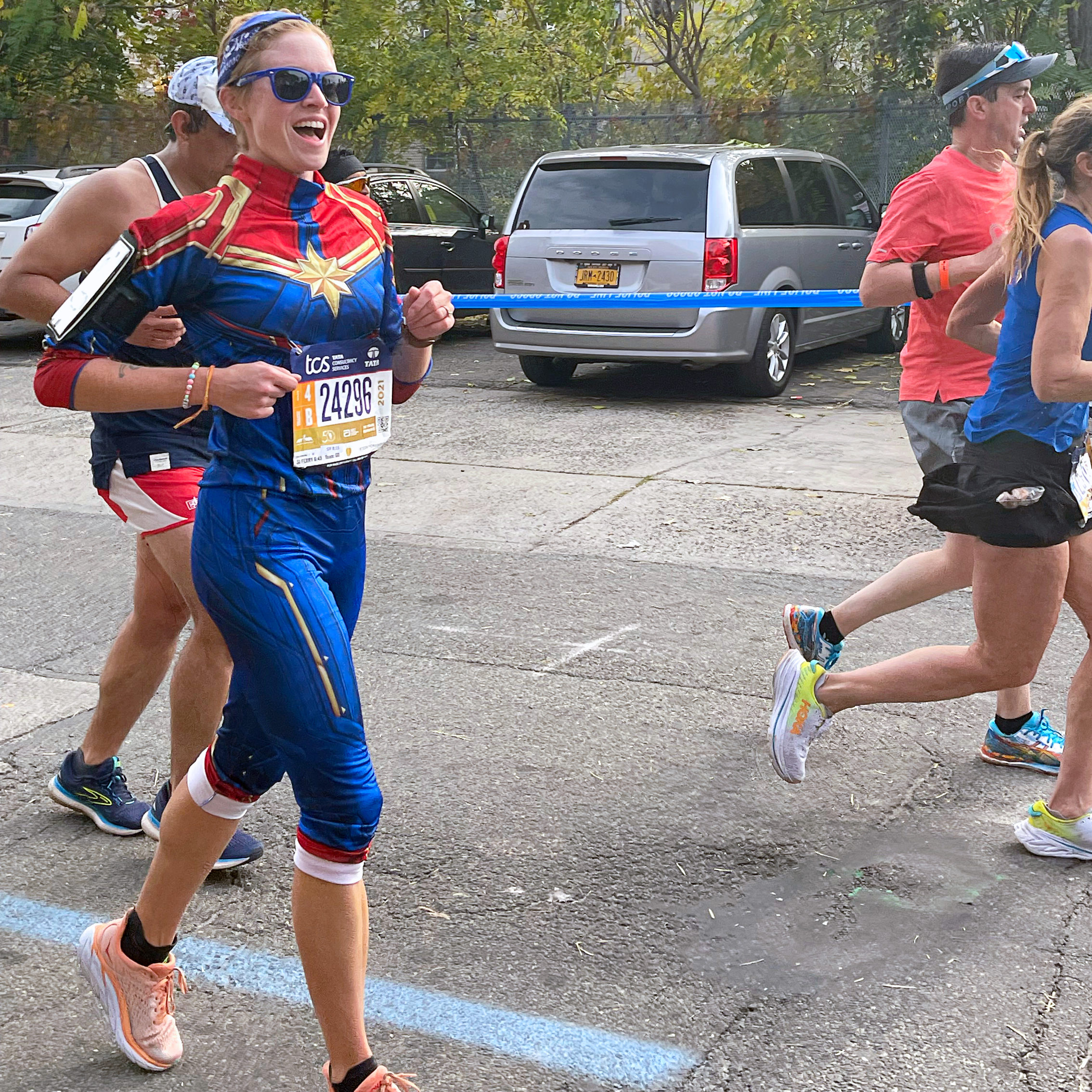
How she got started: Erin Arbuckle started running while on a break from dance, when she was trying to quit smoking. “It was really hard to quit cold-turkey without another goal in mind,” she says. So she signed up for a half-marathon. For a while, “running replaced that buildup you get with dance—you’re rehearsing for something, you’re looking towards the show. The races were the show, and the training was the rehearsal.” When Arbuckle returned to dancing, she continued to run. Today, she’s done 12 half-marathons, 8 marathons and 4 ultramarathons.
How dance helps her through long runs: “When you feel like you can’t go any further, but you have 3 miles left, those 3 miles feel like 20. And as a dancer, the 8-count is very much ingrained in me, so I just literally count to 8 over and over. And all of a sudden you’re a mile and a half in.”
How she balances running and dancing: When Arbuckle is training for races while in rehearsals, she follows a lighter running schedule than is typical for marathons, doing short, easy runs on days when she’s dancing and saving her long run for her day off. She sees dance as cross-training for her running, and vice versa.
Post-marathon rehearsals: On several occasions, when Arbuckle was living in New York City, she had rehearsal the morning after running the New York City Marathon. Although it was helpful to keep her body moving, she did feel “a little crunchy.”
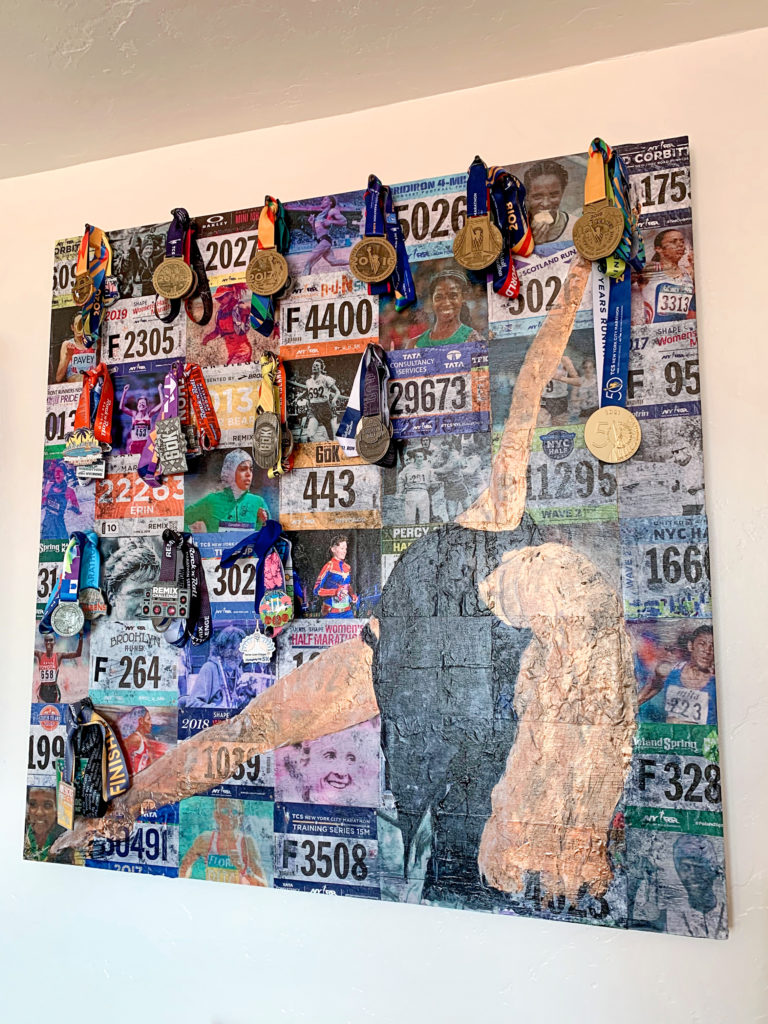
How running has improved her dancing: “The first thing that flipped a switch for me was feeling more confident in harder pieces. It was like, ‘If I can run for 18 miles, I can do this.’ I learned how to pace myself, and how to breathe.”
The freedom of running: “It’s nice to be a bit more gritty, a bit more untamed and sweaty. When I was growing up with ballet, it was like, ‘We must be delicate.’ It was less about power. It’s gotten better, but it’s still very much ingrained. So being able to go running and come back and feel completely demolished and disgusting is a nice departure from being in tights and a bun. It’s a different kind of freedom.”
Garnet Henderson, New York City–based contemporary dancer and choreographer
How she got started: A year after moving to New York City’s Inwood neighborhood in 2013, Garnet Henderson discovered the local canoe and kayak club, where she soon became a member. Henderson now kayaks—usually on the Hudson River—on a monthly or weekly basis, depending on the weather. On her longer trips, she’s circumnavigated Manhattan, explored abandoned quarantine islands and kayaked with groups of seals.
The simple satisfaction of kayaking: “It’s a good break from the perfectionism of dance, because everything you’re doing is in service of moving a boat forward in the water,” she says. “It’s very rewarding, because if you work hard, you move, you get to where you’re going. There’s not that frustration that so often exists in dance where you feel like you’re working really hard, and still somehow it just doesn’t work.”
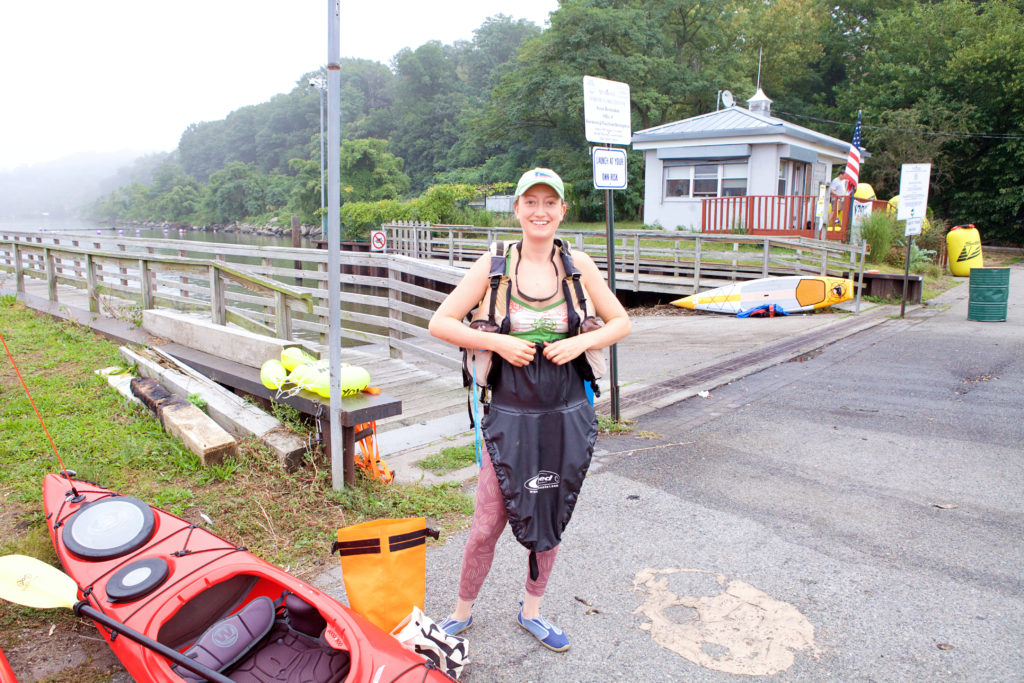
Kayaking’s demands on the body: Henderson says she caught on to proper kayaking technique quickly, thanks in part to her dance training. She says it’s more of a full-body sport than people realize—you use your legs to stabilize—but with its primary focus on the upper body, it’s a nice balance to her dance practice, which mostly challenges her lower body.
The mental health and cross-training benefits: “Kayaking is an endurance activity. It’s not super-intense—it’s that long, low and slow sort of cardio that is good for reducing stress,” she says, adding that it’s helpful for training for longer works. “It’s also a really nice active recovery, and I love the chance to be outside.” She says that some of her more difficult kayaking trips, where she was fighting the current and the wind for hours, built “a certain degree of mental toughness that translates to dance.”
